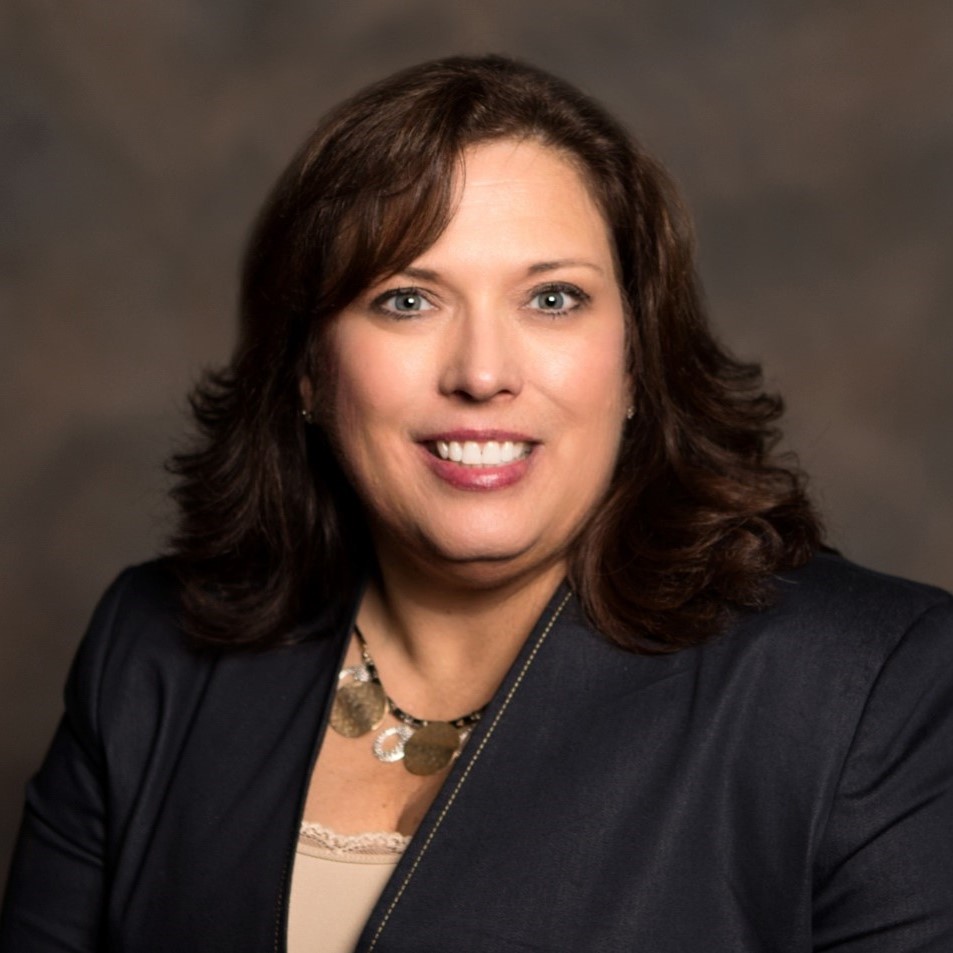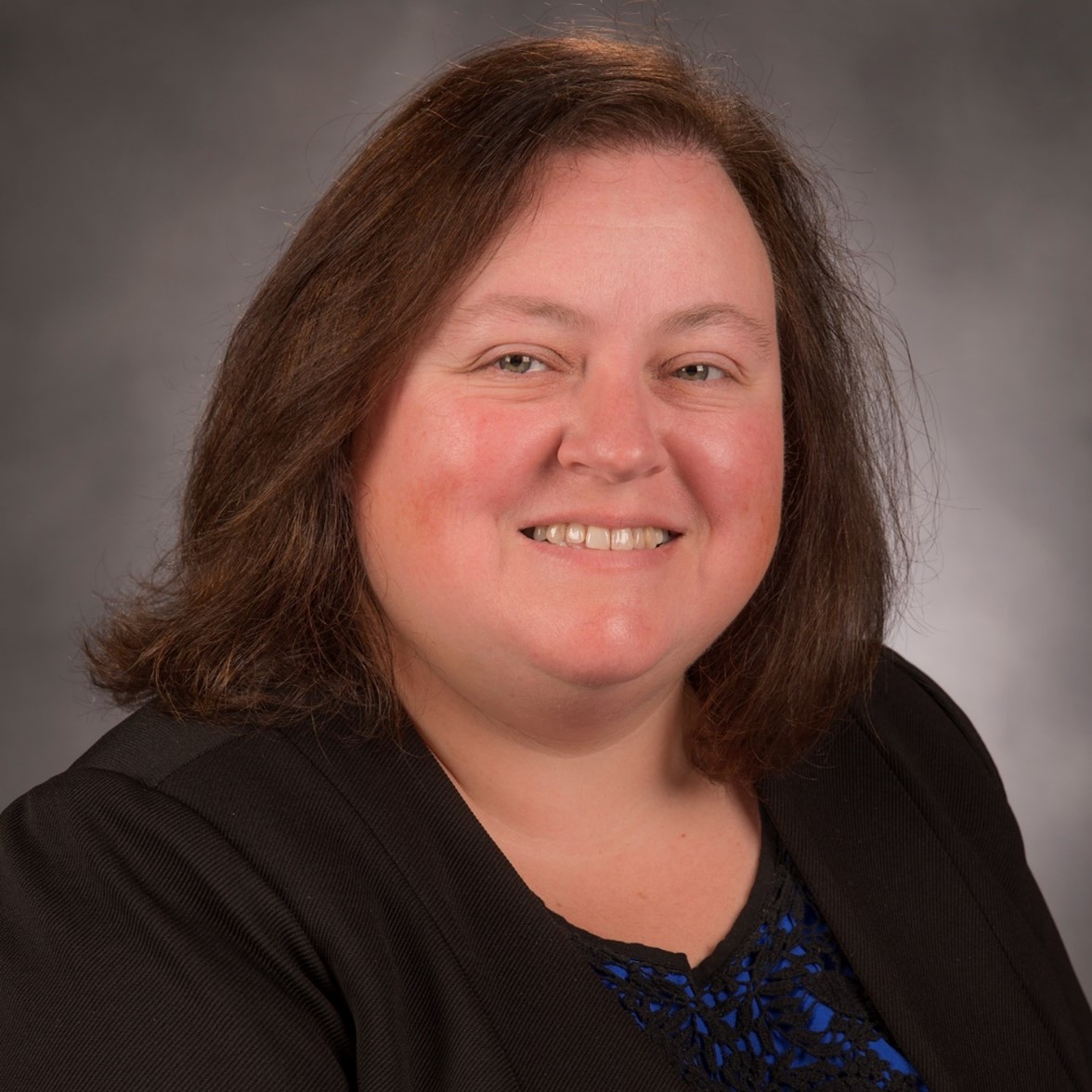Helping All Students Find Their Place in STEM
Student identity development is complex, but we know that a major factor that shapes students’ aspirations is what they see in the media and the entertainment they watch. A 2022 study by the Geena Davis Institute revealed that, from 2018–2022, 38% of STEM characters in movies and television were women. This number represents only a 1% increase from a similar study of female representation in movies and television from 2007 to 2017. The same 2022 study showed that 42% of STEM characters were people of color, but that they were concentrated in medical professions and not other STEM fields.
We also know that STEM careers are a clear pathway to a family-sustaining wage in many communities. The question then becomes: how do we let our students know that everyone has a place in STEM? And, if everyone has a place in STEM, how do we expose all students to meaningful STEM opportunities?
There are intentional strategies that schools and communities can use to open the doors of STEM opportunities for students from all backgrounds. In this session, we will explore some of these strategies with a particular focus on how families and communities can partner with schools to infuse STEM into in- and out-of-school learning experiences and tap into the local STEM assets that can be found in every community if you look for them! We will also explore how to build multiple pathways into STEM that allow for students to engage from kindergarten into postsecondary pursuits into STEM careers, as well as how schools, families, and communities can embed career connections into STEM for students of all ages.

